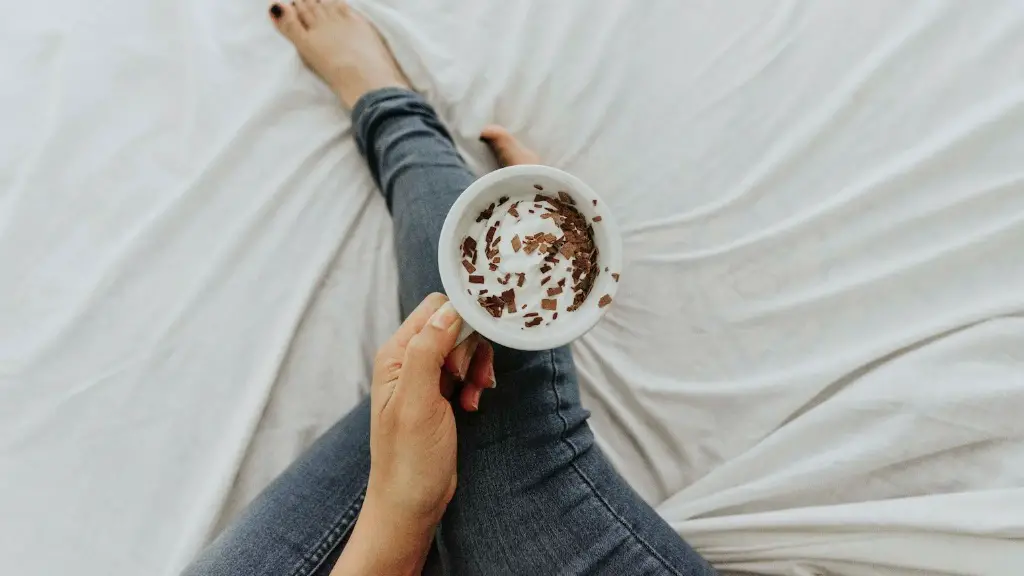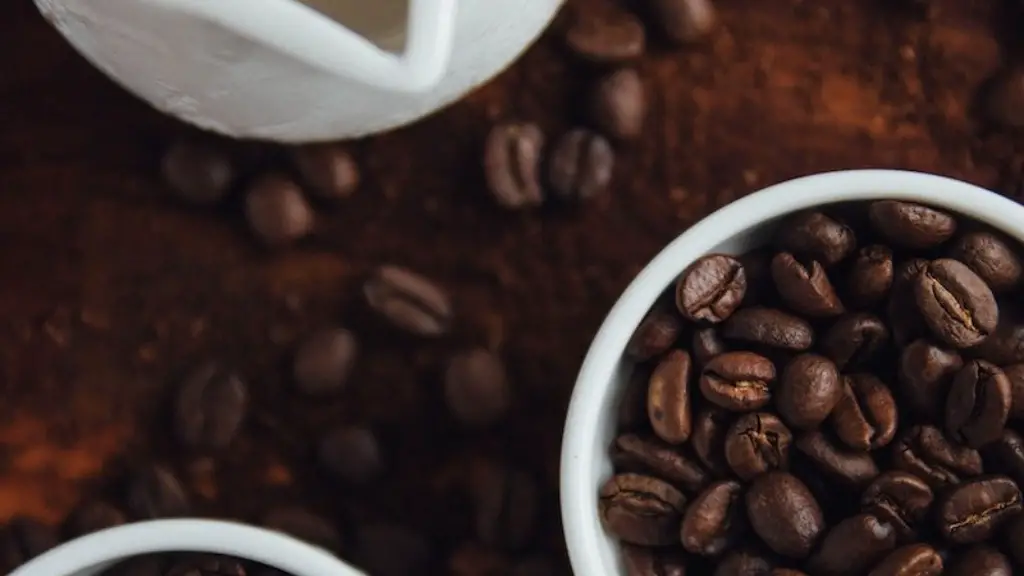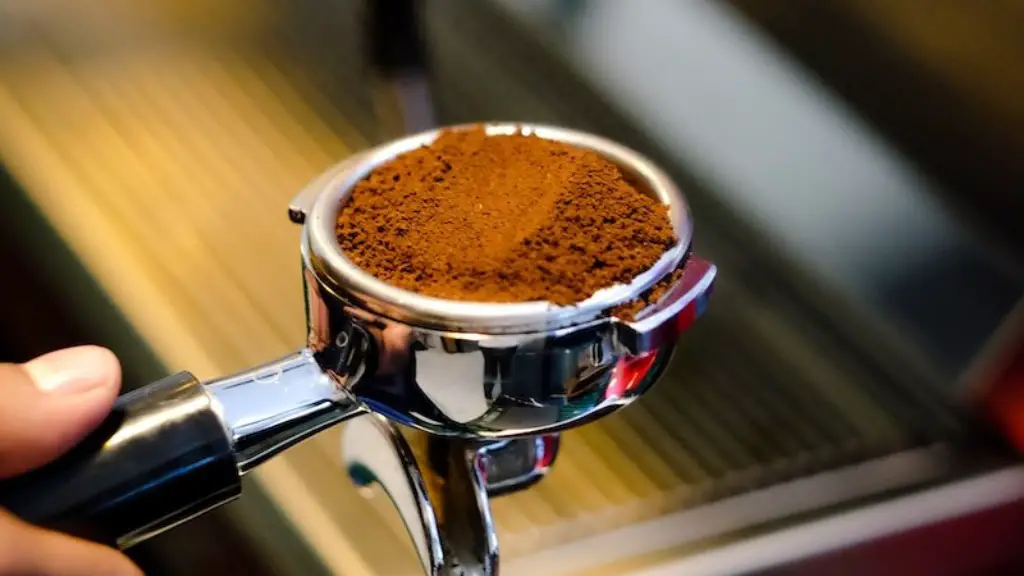The Science Behind Coffee Drinking Temperature
Coffee has become a popular beverage choice around the world, thanks to its varied tastes and the energizing boost it can provide. While coffee’s flavor and strength depend on many factors — like the amount of time it’s been brewed, the quality of the grounds, and even the cup used — the temperature of the finished beverage can have a huge impact on the overall experience. As such, the ideal temperature for consumption is a hotly contested topic.
Most scientific studies have determined that the optimal drinking temperature of coffee is between 60°C and 65°C. This is hot enough to enjoy the flavor and aroma of the beverage, yet low enough to avoid burning the mouth or tongue. Because of this, specialty coffee shops tend to serve coffee at this temperature range. Of course, personal preference and tolerance can also guide a person’s ideal drinking temperature — some people may be perfectly happy consuming coffee that’s even cooler, while others prefer beverages beyond 65°C.
Interestingly, the range most suitable for coffee consumption varies from beverage to beverage. According to experts, Americanos, lattes, and cappuccinos are generally meant to be a few degrees cooler, as the added liquids and textures improve the mouthfeel. Tea, on the other hand, should be slightly hotter — around 80°C — as the flavor of the leaves may be too subtle at cool temperatures.
Health Concerns With Drinking Hot Beverages
Research has in recent years, uncovered many potential health risks associated with drinking too-hot beverages, such as the risk of cancer, inflammation of the esophagus, and thermal injury. That’s why some countries like Australia and New Zealand now actively regulate the temperature of beverages served in restaurants, setting the maximum temperature at 65°C for safety reasons.
At the same time, the World Health Organization (WHO) urges consumers to use caution when consuming hot beverages, noting that mitigating factors like the size and shape of the container and the provider’s method of preparation can have an effect on the end result. For example, more concentrated, smaller servings tend to be more potent and may stand a higher risk of burning the consumer.
Aspects To Consider When Choosing Your Ideal Drinking Temperature
If you’d like to avoid the potential risks associated with speculation consumption, the ideal place to start would be to pay close attention to your preferred beverage’s temperature. Generally, one good way to gauge is to test the liquid against the inside of your wrist (as you would for baby formula). If it’s a comfortable temperature to you, then it should be safe to drink.
Alternatively, there are some methods you can use to control the temperature of the coffee you brew — for example, when using a French Press, you can add a bit of cold water or a few ice cubes to the grounds before plunging to reduce the temperature after brewing.
How Temperature Affects The Taste of Coffee
Finally, it’s worth noting that different temperature ranges bring out different nuances in coffee’s flavor profile. Most experts agree that coffee is best served around 200°F (90°C), before it has reached full boil point. At this temperature range, coffee’s natural sweetness and acidity can be appreciated. Too-cool coffee, on the other hand, may taste flat and unappetizing.
However, should you choose to try a cold-brew coffee instead of steeping the grounds in hot liquid, the great news is that temperature won’t be an issue. Cold-brew is generally served at temperatures between 4°C and 7°C, so you can sip knowing you won’t be overextending your taste buds.
Innovative Ways to Control Your Coffee’s Temperature
Besides reducing the brewing temperature, for those people looking for an even more precise way to enjoy their favorite cup of joe, there are also a few revolutionary products on the market that let consumers control their coffee’s temperature in real-time.
One of the most popular of these offerings, Ember’s Smart Mug, enables a person to adjust the temperature of their beverage within a range of 50°F to 145°F (10°C to 62°C), and has been touted as an excellent way to precisely control the temperature of your coffee or tea.
As an added bonus, the device also features a “Keep Hot” setting that allows you to keep the liquid at your preferred temperature for up to an hour. This means that you’ll never have to worry about your beverage ever becoming too cool while taking your time to enjoy it.
The Potential Impact Caffeine Consumption Can Have On The Body
It’s important to note, however, that even if you find the perfect beverage temperature and you enjoy it risk-free and without scalding yourself, you still need to be wary about the potential impact of caffeine consumption on your body.
Sleep deprivation, menstrual cycle disruption, and cardiovascular health are just a few of the concerns associated with drinking too much coffee — so be sure to pay attention to how much coffee you’re consuming daily, and try to take regular breaks if you know that you’re highly sensitive to caffeine.
What Coffee Temperature Should Beginners Start With?
For those just starting out their coffee adventures, the temperature to shoot for should be around 60°C, before slowly working your way up depending on your tolerance. This temperature is far enough away from scalding that you’re unlikely to harm your tongue, but high enough to capture coffee’s flavor in its entirety.
In conclusion, while there is no golden number to hit with regards to the perfect coffee drinking temperature, the discussed range of between 65°C and 80°C generally works well for most people, with the exception of cold brews. Taking the time to find your preferred temperature can greatly enhance your coffee-drinking experience, so don’t be afraid to experiment until you get it just right.
How To Improve Coffee Quality Through Temperature Control
When it comes to methods used by professional baristas, certain temperatures can be beneficial for certain types of coffee. Keeping water at a temperature below 92°C when making an espresso, for instance, helps keep some of the caffeine and sugars found in coffee’s beans in solution and can improve the overall flavor of the finished product.
At the same time, some aficionados recommend bringing the water used to brew coffee to a temperature of around 200°F (90°C) just before it hits the grounds, to make sure that the grounds are fully extracted and that any char or bitterness that may come through the brewing process is minimized.
Tips To Keep Coffee Hot Longer
If you’d like your coffee to keep its heat for longer, experts suggest wrapping a hand towel or kitchen cloth tightly around your coffee mug or cup. This will help retain some of the beverage’s warmth as it cools, without impeding its process of cooling down.
Moreover, storing coffee in an insulated container can also be a huge help. Below-room-temperature liquids generally last longer than warmer ones, so if you need to keep the drink warm while taking it on the go, it may be better not to store it in an ice-filled container to avoid having to wait for it to come back up to your preferred drinking temperature.
Additional Accessories That Can Enhance The Coffee-Drinking Experience
For those taking their coffee-drinking experience to the next level, there is no shortage of accessories that can extend the life of a cup of coffee or even make the beverage taste better. Smart thermometers, for instance, can be used to measure the temperature of the beverage throughout the brewing or pouring process, and some mugs, like the Bagu Electronic Mug, even come with temperature- and time-controlled sensors that allow for the precise steeping of different types of coffee.
Another type of accessory that can be used to enhance the coffee drinking experience is the Brix Coffee Straw. This is a stainless steel straw with a flat side feature that claims to sensitize a person’s tongue and make them better able to appreciate the nuances of a flavor.
In conclusion, the exact temperature of your preferred beverage can make a huge difference to the taste and overall enjoyment, so it pays to experiment with different temperatures to find the one that works best for you. Keeping the temperature of your beverage within the safe range should take priority, however, to avoid potential health risks. With the right equipment and a bit of practice, you can soon be enjoying your favorite cup of coffee in the safest and most enjoyable way possible.


